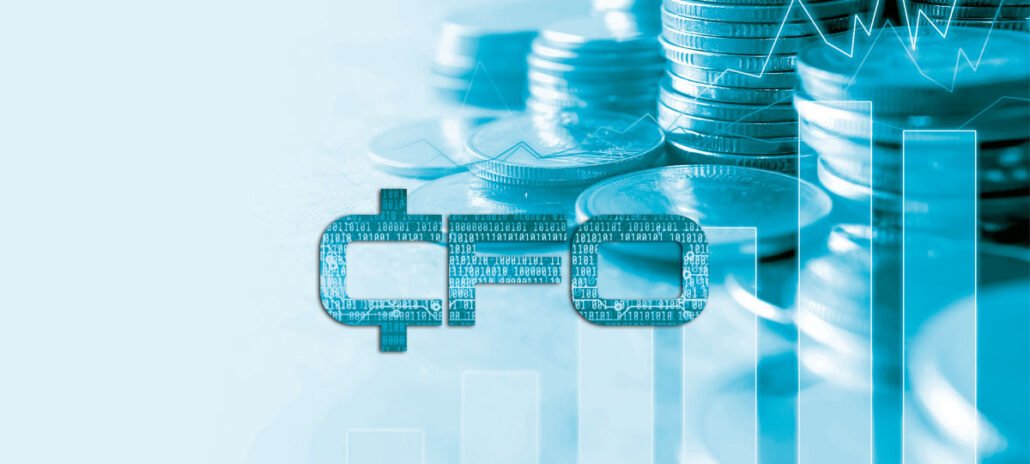The Final Stretch For Libor

Most users of SAP’s TRM or CML applications will likely be affected by the benchmark reform: The transition of reference interest rates in the course of the benchmark reform to rates in the overnight money area requires a number of adjustments in the TRM and CML applications necessary to be able to manage floating rate securities, money market transactions, or derivatives. Moreover, as Libor rates will no longer be published starting January 2022, time is running out (exception: U.S. dollar structures, where the transition period will be extended to June 2023).
It is possible that if corresponding contract amendment with the counterparty is successful within the framework of fallback clauses, existing transactions can be adjusted without major changes in the system. Adjustment of the relevant interest rate conditions and the addition of the required fallback rates to the market data is the simplest solution for existing transactions.
However, if there is a need to manage financial transactions in the SAP systems that are based on the new benchmark rates (i.e., new transactions or a contract amendment is not reached with the counterparty), extensive effort and conversions are required. The previous version of SAP Financial Mathematics (FiMa) and the condition settings available in the affected product types cannot be mapped directly to the overnight rates that will be used as benchmarks in the future (e.g. SOFR for the U.S. Dollar or the SONIA for British Sterling), and must therefore be updated.
Significant updates required
Unfortunately, this is only possible by importing numerous SAP notes to address the benchmark reforms. The actual number of notes depends on the system/release status. If the migration to S/4 Hana of the TRM or CML application has already been completed, the effort can be significantly lower as compared to the effort in ECC environment. According to our project experience, technical update of an SAP TRM system on ERP 6.0 EHP 8 can be expected to take two to three days.
It should be noted that the notes and the associated changes so far only cover the following main product types affected by the changeover of reference interest rates: Bonds (040), Money Market Transactions (550/580) and Swaps (620) in SAP TRM, and all product types in SAP CML (3*0). For the ABS/MBS transactions (042), which are common in the U.S. market, SAP has announced there will be additional corresponding solution in TRM to be made available in early fall of 2021.
The next step is to activate the newly implemented functionalities, including the affected product types utilizing the new FiMa and parallel conditions, as well as the field status control for the newly available input parameters. Once this has been completed, SAP system is generally able to fully process financial instruments with floating rate commitments in the overnight money area.
Start now!
Our practical experience shows that extensive tests are still required before the transition can go live. Extending a TRM system as described above provides a large number of new options for designing interest conditions, which in turn influence the cash flows of the mapped financial instrument. The cash flows generated in the SAP system must be thoroughly validated with the corresponding cash flows on the side of the respective counterparty to make sure they match. If this is not the case, there is a risk of constant differences for every floating rate transaction in your system when reconciling incoming and outgoing payments.
In brief, the decomposition of Libor references requires an adjustment of the SAP modules, and this adjustment cannot be carried out without effort. Nevertheless, you should not shy away from the changeover, because the updates provided by SAP and their implementation can now be considered best practices. Do not wait until you fall behind—start now!





